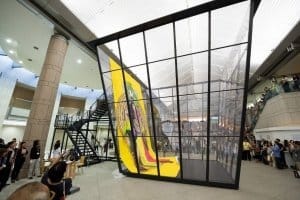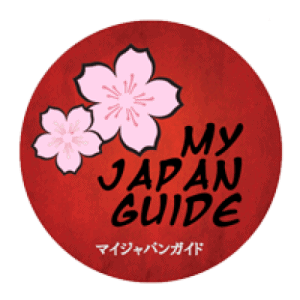The Yokohama Triennale is with the with the Setouchi Triennale, Japan’s largest contemporary art event, held in Yokohama, the city’s Yokohama Museum of Art, the Red Brick Warehouse and surrounding neighborhoods.
Internationally known, it is this year the seventh edition of the Yokohama Triennale will take place between July 17 and October 11 2020.
This year edition will be led by Raqs Media Collective, a collective of three artists based in New Delhi, India, as its artistic director.
The title of Yokohama Triennale 2020 is “AFTERGLOW,” a word chosen by Raqs Media Collective to reference how, in our everyday lives, we unknowingly experience the residues of light sparked at the beginning of our time, as in the case of how the “white noise” on our analog televisions included fragments of cosmic microwave background radiation left over from the cosmic Big Bang.
By referring to the Big Bang’s destructive energy that propelled creativity and over time, gave birth to life on this planet, and its radiation that is toxic as well as therapeutic, Raqs Media Collective takes interest in the cycle of destruction/toxicity and recovery/care in the human activities of the contemporary age. Together with the artists, audience, and others, Raqs Media Collective will explore ways to co-exist with toxicity for human sustenance and survival in this world in flux, rather than eliminate it.
Tickets for the event cost JPY2,000, which also entitled you to ride the free shuttle bus between the venues.
More infos: Yokohama Triennale 2020

